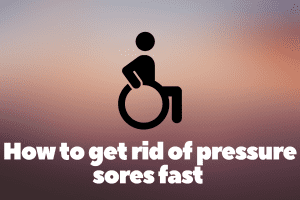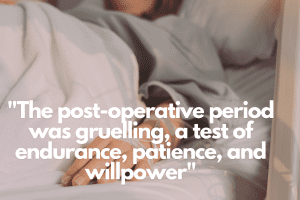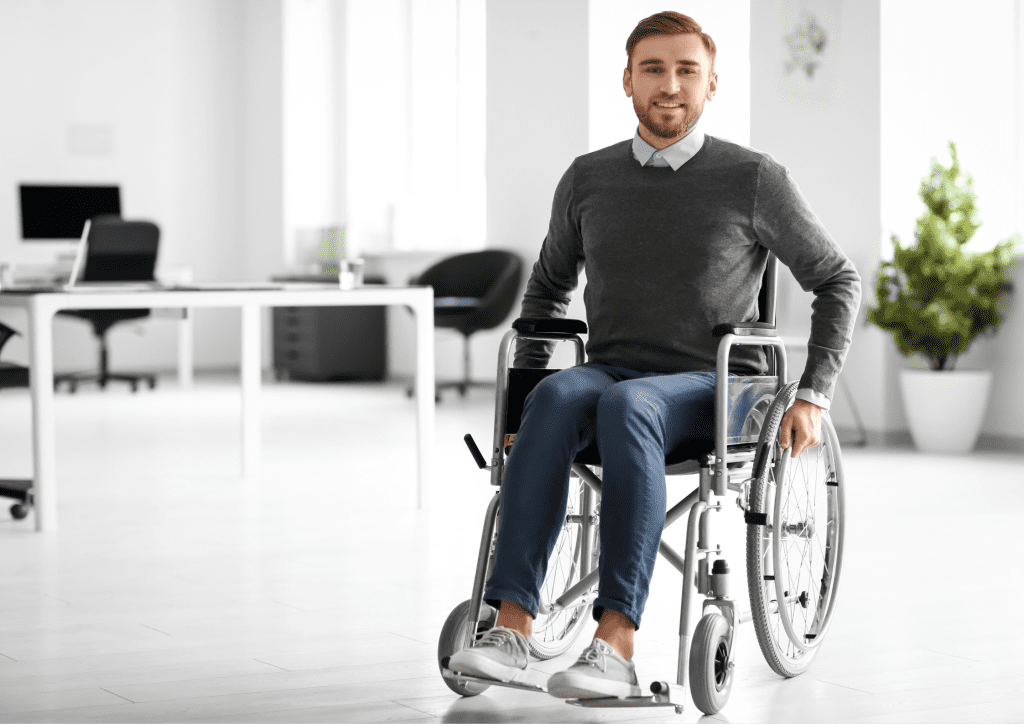
By Scihealthhub – October 18, 2024
Do you want to learn more about how to relieve pressure while using a wheelchair?
When I began using a wheelchair nearly 20 years ago due to a spinal cord injury, I was unaware of many important things. I didn’t realize the risks associated with prolonged sitting or the steps I could take to reduce those risks. Unfortunately, that lack of knowledge came at a high cost. Over the years, I’ve dealt with multiple pressure sores and have undergone five plastic surgeries to address them.
Sites like SCIHealthHub.com and other spinal cord injury education resources are here to ensure you don’t face the same challenges I did.
People who spend extended periods sitting in a wheelchair are at risk of developing pressure sores, also known as bedsores or pressure ulcers.
Prolonged pressure on the skin and underlying tissues reduces blood flow. When tissues don’t get enough oxygen and nutrients, they begin to break down, leading to sores.
However, proper pressure relief techniques can significantly reduce the risk of developing pressure sores.
In this comprehensive guide, we’ll explore various techniques and tips for relieving pressure while using a wheelchair.
Why Is Pressure Relief Important?
We’ll start by explaining why it’s important to relieve pressure when sitting in a wheelchair or any other surface.
Prevents Pressure Sores: As mentioned earlier, the primary reason for pressure relief is to prevent the development of pressure sores, which can range from mild skin redness to deep tissue damage that exposes muscle and bone. Pressure sores not only cause pain and discomfort but can also lead to life-threatening infections, delayed healing, multiple surgeries, and extended hospitalization. Once a pressure sore forms, it can be difficult to treat, making prevention through pressure relief a top priority.
Promotes Better Circulation: By shifting weight and adjusting positions, individuals can improve blood circulation to the skin and underlying tissues. Good circulation is essential for delivering oxygen and nutrients to cells and removing waste products, which keeps tissues healthy and promotes healing.
Reduces the Risk of Deep Vein Thrombosis (DVT): In addition to pressure sores, prolonged immobility can lead to DVT, a condition where blood clots form in the legs due to poor circulation. Regular pressure relief helps reduce the risk of blood clots by encouraging movement and improving blood flow.
Prevents Muscle and Joint Stiffness: Without regular movement or repositioning, wheelchair users may experience muscle and joint stiffness, reduced range of motion, and even contractures (permanent tightening of muscles or tendons). By performing pressure relief techniques, individuals can maintain flexibility, reduce stiffness, and promote healthier muscle and joint function.
Enhances Comfort and Quality of Life: Sitting in the same position for extended periods can lead to discomfort and pain. Regular pressure relief techniques can alleviate this pain and allow wheelchair users to engage in their daily activities comfortably.
Common Areas Affected by Pressure in Wheelchair Users
Certain areas of the body are more prone to pressure-related injuries, especially for individuals who use wheelchairs. These areas tend to be where bone is close to the skin’s surface, with little fat or muscle to cushion the impact.
Understanding where pressure sores are most likely to develop can help in taking proactive steps to prevent them.
Here are the most common areas affected by pressure in wheelchair users:
- Buttocks (Ischial Tuberosities): The “sit bones” bear most of the body’s weight while sitting.
- Tailbone (Coccyx): Located at the base of the spine, the tailbone is another vulnerable area.
- Hips (Trochanters): This area is especially vulnerable for individuals who sit with their legs bent outward or have a narrow wheelchair seat.
- Heels: Individuals who rest their feet on footrests for extended periods without shifting may experience pressure on their heels.
- Lower Back (Sacrum): The sacrum, located at the base of the spine, is particularly at risk for individuals who spend extended time in reclining positions.
- Shoulder Blades: For those who sit in a reclined position or lack proper cushioning behind their back, pressure can build up around the shoulder blades.
How to Relieve Pressure While Using a Wheelchair
Relieving pressure while using a wheelchair involves shifting pressure from one part of the body to another to reduce the chances of developing pressure sores.
Wheelchair users can relieve pressure by regularly performing pressure-relieving techniques or exercises, weight shifts, and by using pressure-relief cushions.
To ensure pressure relief is effective, these exercises should be done for 15 seconds every 15 minutes or 30 seconds every 30 minutes.
To avoid any accidents, ensure that the wheelchair wheels are locked, the front casters are turned forward, and any belts are released before attempting any exercises.
- Weight Shifts
Here’s a step-by-step description of some popular pressure-relieving exercises or weight shifts to try:
A. Side-to-Side Lean:
This technique helps relieve pressure from one buttock at a time. It involves leaning to one side to lift the opposite buttock off the seat, then repeating on the other side.
- Remove the left wheelchair armrest.
- Lean your body to the left while holding on to the right armrest, wheelchair push handle, or backrest. This will take weight off the right buttock.
- To regain the upright position, push up on the left push rim while pulling up on the right armrest or push handle.
- Switch sides and repeat the process to relieve weight from the left buttock.
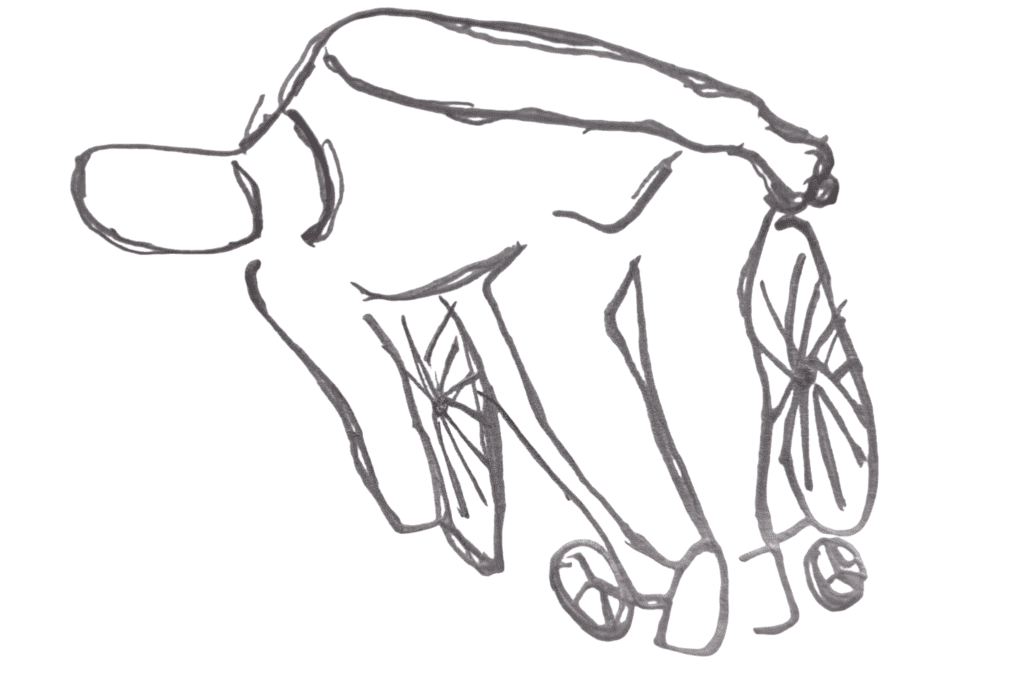
B. Forward Lean:
- Lean forward until your chest is near your knees, shifting weight and pressure away from both buttocks and the tailbone.
- To return to the upright position, place your hands on your knees and push up, or use the push handle or armrest.
- To make this exercise less obvious, you can use the time to tie your shoes while leaning forward.
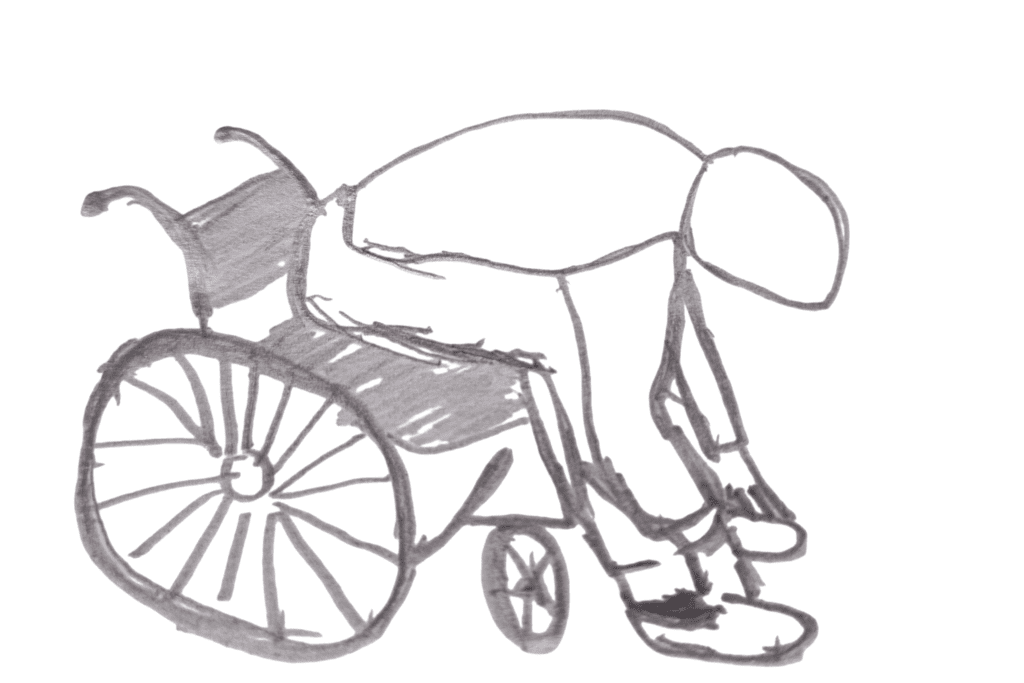
C. Push-Ups:
This method is suitable for individuals with upper body strength.
- Use the armrests to push yourself up from the seat, lifting your buttocks off the wheelchair. Straighten your arms fully so that your elbows lock.
- I find it more convenient to grab the armrest with one hand and the seat cushion with the other.
D. Leg Crossing:
- Cross the left leg over the right, then lean back to the right side, holding your knee to lift weight off the left buttock.
- Alternatively, cross your left ankle over your right knee and lean forward to lift weight off the left buttock.
- Switch legs and repeat to relieve weight from the right buttock.
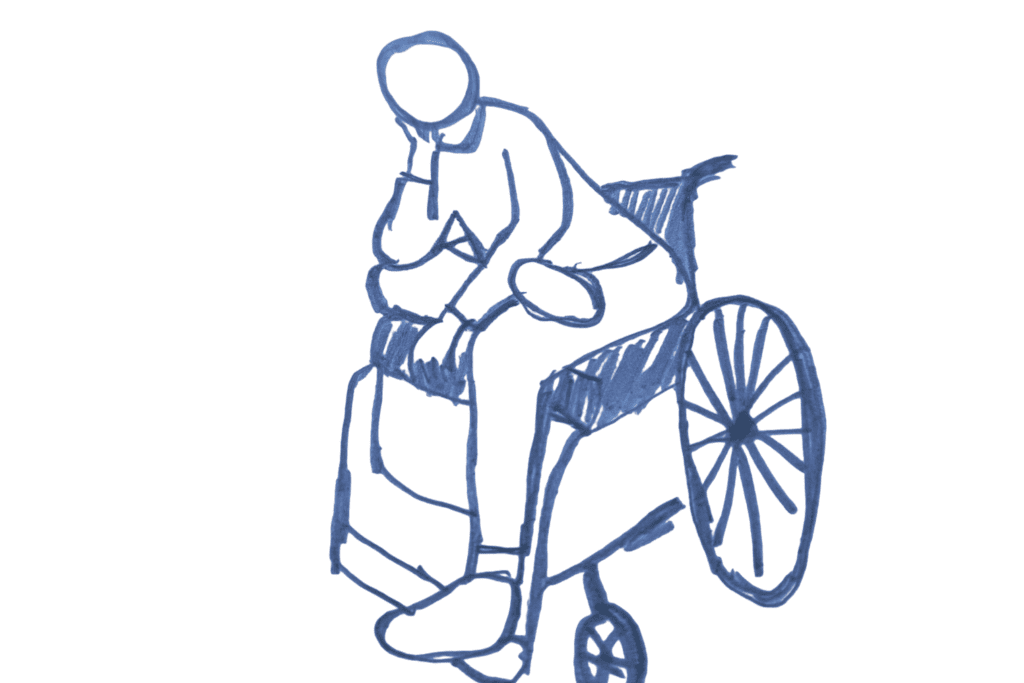
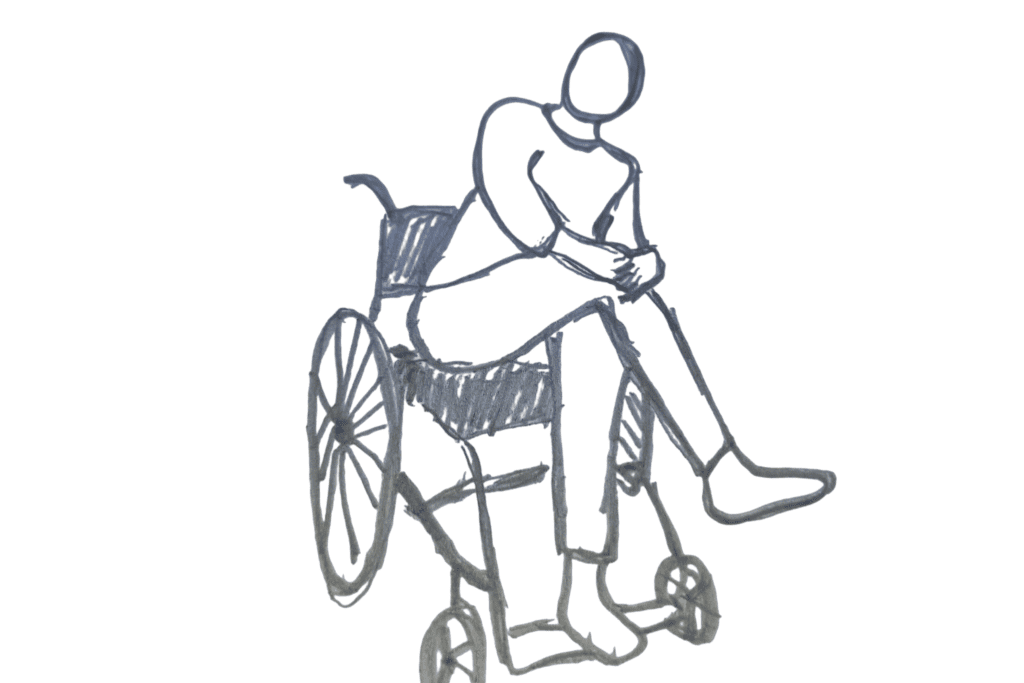
- Tilt and Recline Wheelchairs
There are specialized wheelchairs that allow users to recline backward or tilt the seat, redistributing pressure across the body without manual shifting.
A. Tilt-in-Space Wheelchairs:
This feature tilts the entire seat backward while maintaining the same angle between the seat and backrest, allowing gravity to relieve pressure on the pelvis and lower spine.
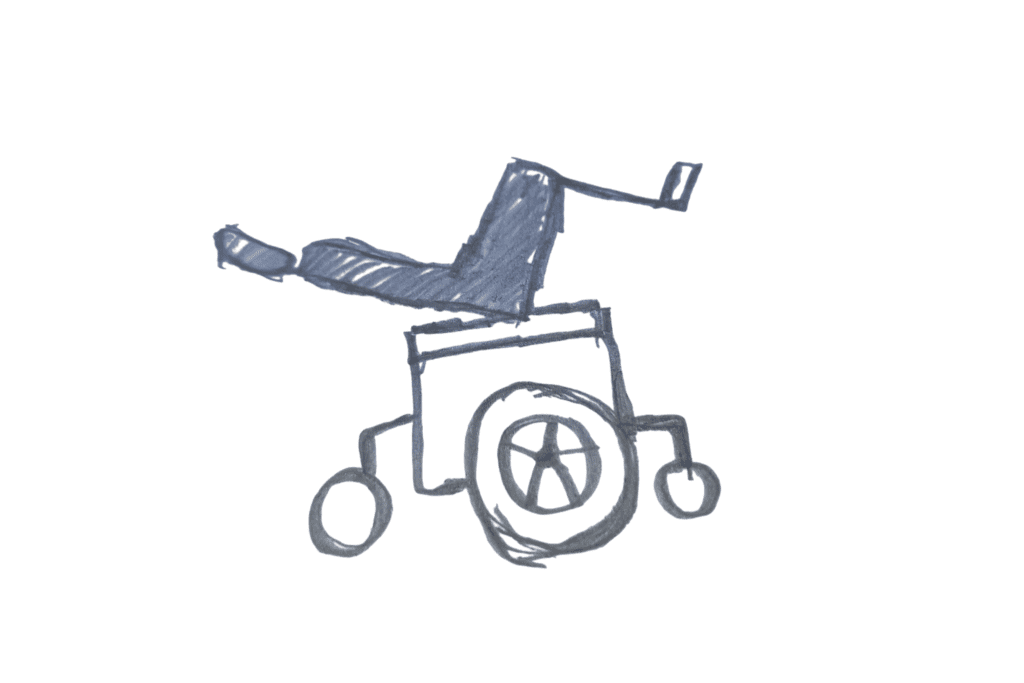
B. Reclining Wheelchairs:
These allow the backrest to recline independently, changing the angle between the seat and backrest. This is useful for shifting pressure from the pelvis to the back.
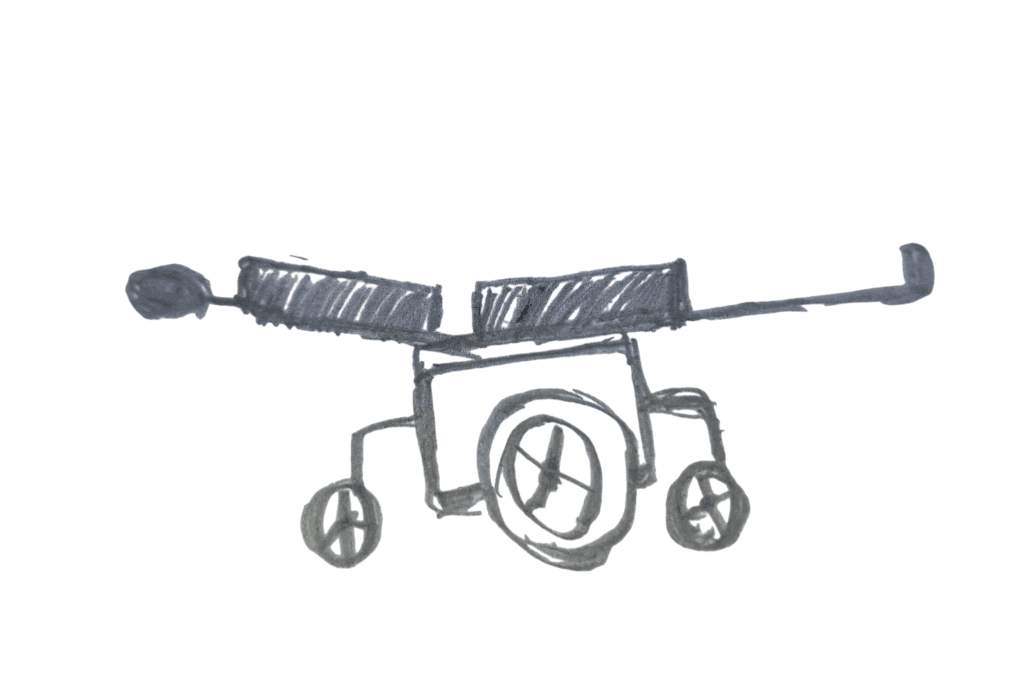
- Use Pressure-Relief Cushions
Using good-quality wheelchair cushions can help relieve pressure. These cushions distribute weight evenly and reduce pressure points.
There are different types of pressure-relieving cushions, including:
- Air Cushions: Adjustable and provide good pressure distribution.
- Gel Cushions: Conform to the shape of the body, offering excellent pressure relief.
- Foam Cushions: Lightweight and cost-effective, providing comfort and some degree of pressure relief.
Pressure-relief cushions should be considered an additional layer of protection, not a substitute for regular pressure-relieving exercises or weight shifts.
In conclusion, preventing pressure sores is an ongoing commitment for individuals who use wheelchairs. However, with the right techniques and strategies, one can effectively relieve pressure and minimize the risk of developing sores.
You might also like to see The Fastest Way To Get Rid Of Pressure Sores.


